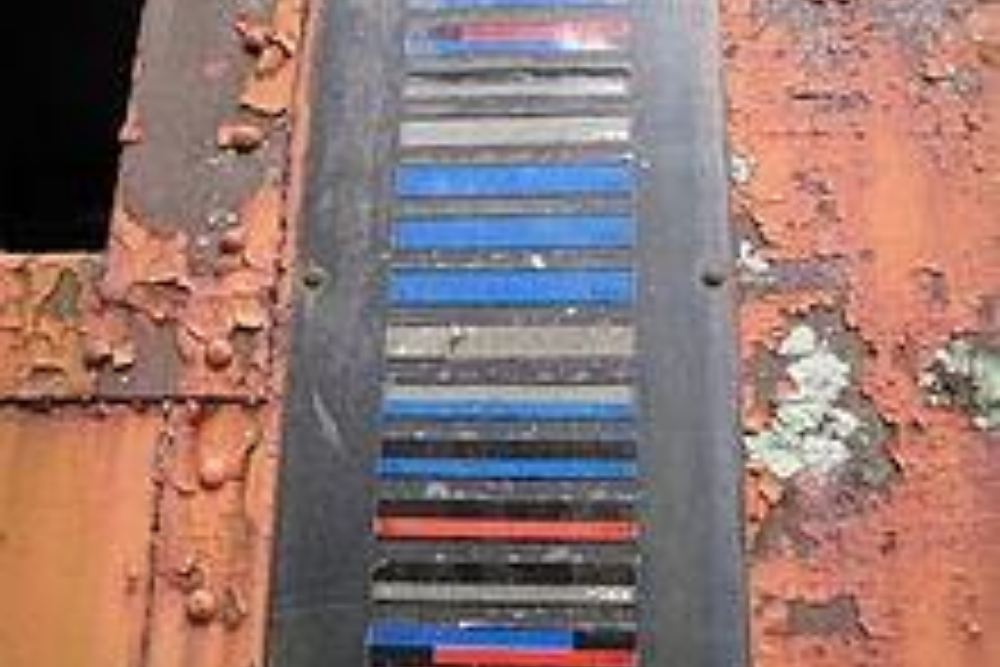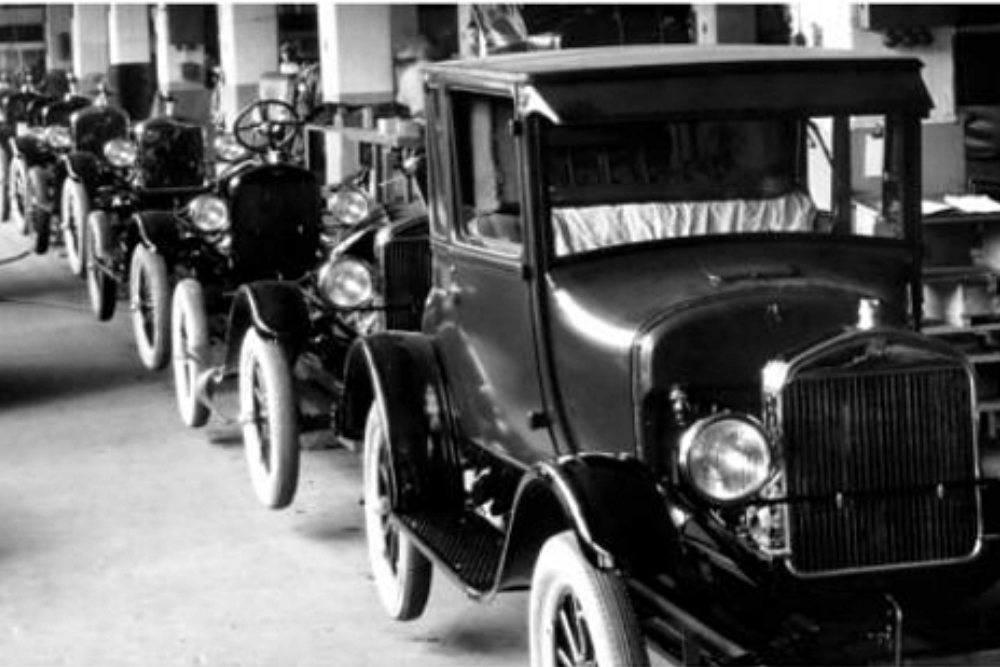Digital Thread vs. Digital Twin: What’s the Difference and Why It Matters in Manufacturing
Ubisense2025-05-08T15:36:18+01:00Digital Thread vs. Digital Twin: What’s the Difference and Why It Matters in Manufacturing As digital transformation reshapes the manufacturing world, two buzzwords consistently surface: Digital Thread and Digital Twin. While they sound similar and are often used interchangeably, they represent distinct — but complementary — concepts. Understanding the difference is more than semantics; it’s essential to unlocking the full potential of modern smart manufacturing. What is a Digital Twin? A Digital Twin is



